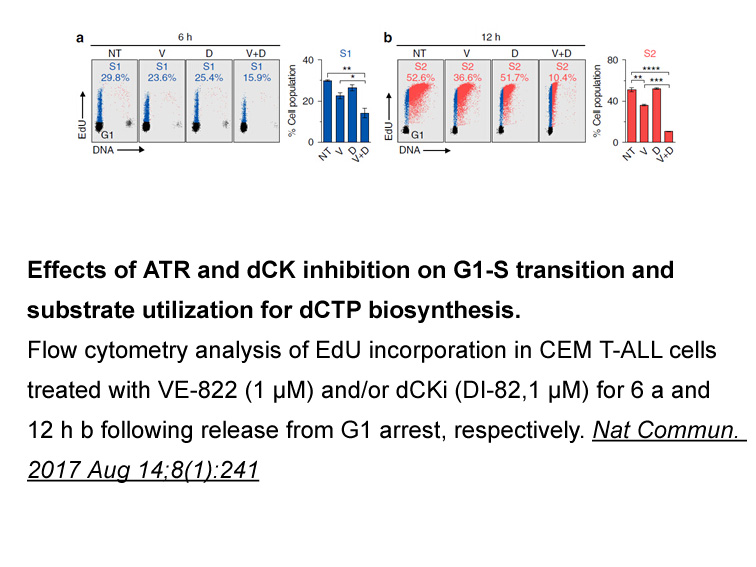Archives
Many risk factors may lead to disrupted
Many risk factors may lead to disrupted language development (Bishop et al., 2003; Rice, 2012; Zubrick et al., 2007). One predictor drawing attention is early receptive language skill. Evidence suggests that hcv protease inhibitors the receptive language status of a late-talking child is predictive of expressive language outcomes (Ellis Weismer et al., 1994; Rescorla and Schwartz, 1990). The prospective longitudinal studies monitoring the prerequisite abilities that pertain to language learning might improve the understanding of why some children who are initially delayed in language development turn out to be language impaired and others do not.
Speech perception is one of the prerequisites for infants to develop language. Before producing their first words, infants exhibit sophisticated speech perception skills. Infants distinguish speech sounds of both native and foreign languages before 6 months of age (Eimas et al., 1971; Jusczyk, 1977; Polka and Werker, 1994), but rapidly develop language-specific perception by improving accuracy to discriminate phonemic categories consistent with their native language and increasing difficulty in perceiving nonnative speech sounds around the first birthday (Werker and Tees, 2002). The development of speech perception abilities continues in early childhood for children speaking different languages (Arai et al., 2008; Boets et al., 2007; Hazan and Barrett, 2000; Liu et al., 2013; Vance et al., 2009).
Fine-grained speech perception abilities are essential to language development, as demonstrated in behavioral and event-related potential (ERP) studies. Infants’ ERP responses when processing vowels predicted their language status at 5 years of age and their reading performance at 8 years (Molfese et al., 1999; Molfese, 2000). A positive correlation has also been observed between 6-month-old infants’ perceptual  abilities and later expressive vocabulary and syntactic complexity at 24 months (Kuhl et al., 2005; Tsao et al., 2004).
Early speech discrimination sensitivity are also found to correlated with preschool- and school-aged children’s performance in standardized vocabulary and receptive language tests (Vance et al., 2009; Burnham, 2003). Höhle et al., (2006) used a preferential-looking paradigm that related sensitivity to mispronunciations at 19 months to language abilities at 30 months to reveal the relationship between poor perceptual performance and language development in at-risk toddlers. These findings suggest that children with reduced speech perception abilities may be less able to process acoustic or linguistic information and meet more difficulty in developing language.
When assessing speech perception ability in young children, researchers have focused on using auditory ERPs as a relatively objective electrophysiological measure of the brain’s responses to distinct speech features. One ERP component is mismatch negativity (MMN), which is elicited by a passive auditory oddball paradigm containing rare (deviant) stimuli presented in a sequence of frequent (standard) stimuli. MMN is quantified by subtracting the average standard stimulus waveform from the average deviant waveform and usually peaks between 100 and 250ms after stimulus change onset. It is used as an index of speech perception sensitivity because its amplitude is associated with performance in discriminating between-sound differences (Bradlow et al., 1999; Kraus et al., 1996; Näätänen and Winkler, 1999) and children have exhibited an enhanced MMN amplitude in discriminating speech sounds after short-term training (Cheour et al., 2002; Kraus et al., 1995).
Whereas a typical frontocentral MMN was evident in adults, a frontal positive mismatch response (p-MMR) was observed in infants and young children with less mature speech discrimination responses (Ahmmed et al., 2008; Friederici et al., 2002; Morr et al., 2002; Shafer et al., 2010). Friederici et al. (2002) examined the mismatch responses of 2-month-old infants to syllables varying in vowel duration (short
abilities and later expressive vocabulary and syntactic complexity at 24 months (Kuhl et al., 2005; Tsao et al., 2004).
Early speech discrimination sensitivity are also found to correlated with preschool- and school-aged children’s performance in standardized vocabulary and receptive language tests (Vance et al., 2009; Burnham, 2003). Höhle et al., (2006) used a preferential-looking paradigm that related sensitivity to mispronunciations at 19 months to language abilities at 30 months to reveal the relationship between poor perceptual performance and language development in at-risk toddlers. These findings suggest that children with reduced speech perception abilities may be less able to process acoustic or linguistic information and meet more difficulty in developing language.
When assessing speech perception ability in young children, researchers have focused on using auditory ERPs as a relatively objective electrophysiological measure of the brain’s responses to distinct speech features. One ERP component is mismatch negativity (MMN), which is elicited by a passive auditory oddball paradigm containing rare (deviant) stimuli presented in a sequence of frequent (standard) stimuli. MMN is quantified by subtracting the average standard stimulus waveform from the average deviant waveform and usually peaks between 100 and 250ms after stimulus change onset. It is used as an index of speech perception sensitivity because its amplitude is associated with performance in discriminating between-sound differences (Bradlow et al., 1999; Kraus et al., 1996; Näätänen and Winkler, 1999) and children have exhibited an enhanced MMN amplitude in discriminating speech sounds after short-term training (Cheour et al., 2002; Kraus et al., 1995).
Whereas a typical frontocentral MMN was evident in adults, a frontal positive mismatch response (p-MMR) was observed in infants and young children with less mature speech discrimination responses (Ahmmed et al., 2008; Friederici et al., 2002; Morr et al., 2002; Shafer et al., 2010). Friederici et al. (2002) examined the mismatch responses of 2-month-old infants to syllables varying in vowel duration (short /ba/ vs. long/ba:/) and discovered that the p-MMR peaked at approximately 400ms, particularly for the long syllable.
/ba/ vs. long/ba:/) and discovered that the p-MMR peaked at approximately 400ms, particularly for the long syllable.